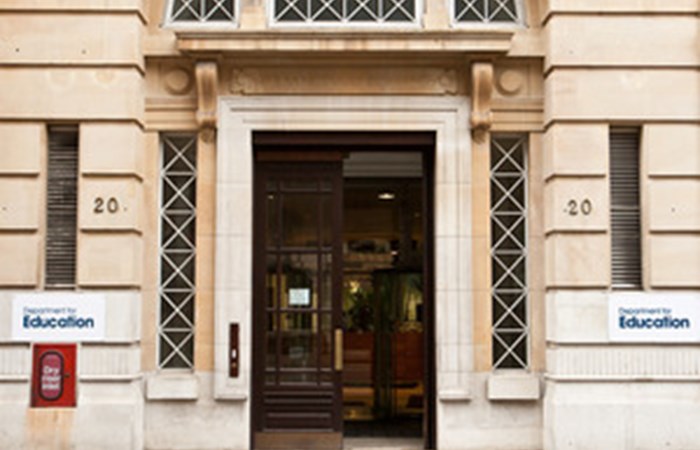Department for Education

Following the Grenfell fire, as part of the governments determination to ensure childrens safety, schools, further education colleges and universities across the country have all been contacted and asked to carry out building checks to identify those that might require further investigation.
These checks have included asking those responsible for the safety of school buildings to identify where external cladding has been used on buildings and its type. In line with a crossgovernment approach, any buildings with Aluminium Composite Material (ACM) cladding above 18 metres will have samples of that cladding sent for testing to see what type it is.
As of today, 13 July, cladding from two school buildings has been tested by the Building Research Establishment (BRE), the body carrying out checks on all buildings on behalf of the government.
Results of these two tests confirmed that the cladding was not of limited combustibility and the affected schools have been informed.
The schools tested to date are:
- One secondary academy in London
- One primary special school in London is part of a residential block which has ACM cladding that has not passed combustibility tests.
The advice endorsed by the National Fire Chiefs Council makes clear that the fire risks posed by those buildings with ACM cladding, which is not of limited combustibility can be mitigated by other actions and additional checks.
As a precautionary step, both schools have already been inspected by the Fire and Rescue Service who confirmed appropriate measures are in place to mitigate the risks from potential fire, and the buildings have now been declared safe for continued use.
Both buildings have been designed to meet stringent fire safety requirements and evacuation procedures are routinely tested as part of fire drills.
The department is continuing to work closely with the schools concerned to support them and ensure all the necessary steps are taken to ensure the continued safety of the buildings.
As part of this each school has a named contact within the department to guide them through this next steps.
All schools already have to follow a range of strict fire safety regulations designed to ensure they are as safe as possible and extremely well prepared in the event of a fire. They must have robust plans to follow in the event of a fire, conduct regular fire drills, install sprinklers if an assessment deems them necessary and typically have multiple exit routes.
Notes to Editors:
Updates on further test results for education establishments will be released as they become available.
Under the Regulatory Reform (Fire Safety) Order 2005, schools are required to:
- maintain their buildings to ensure they are appropriate to protect from the cause and spread of fire;
- have adequate fire precautions in place to allow the safe escape of occupants in case of fire;
- and conduct termly drills, so that pupils and staff are able to evacuate quickly in the case of fire.
